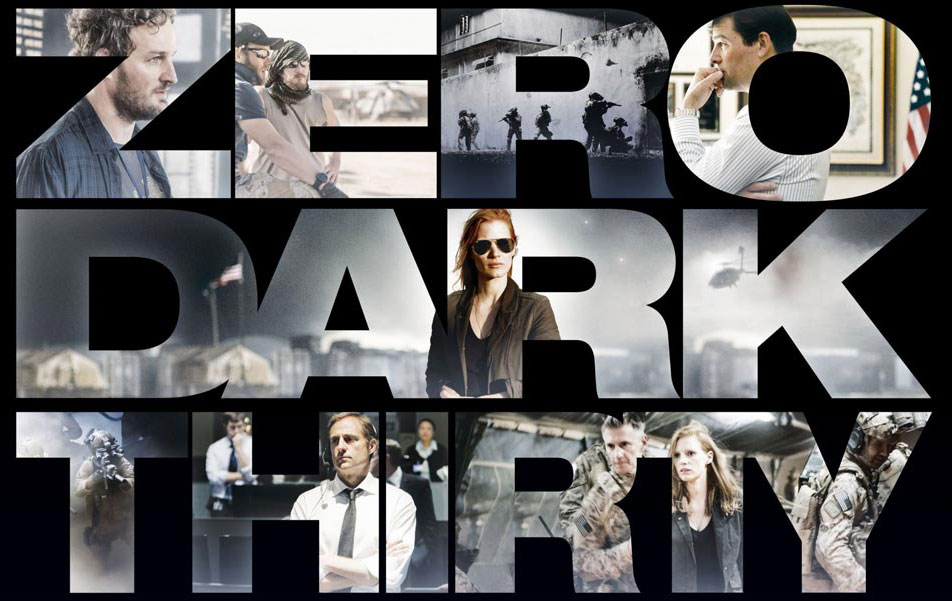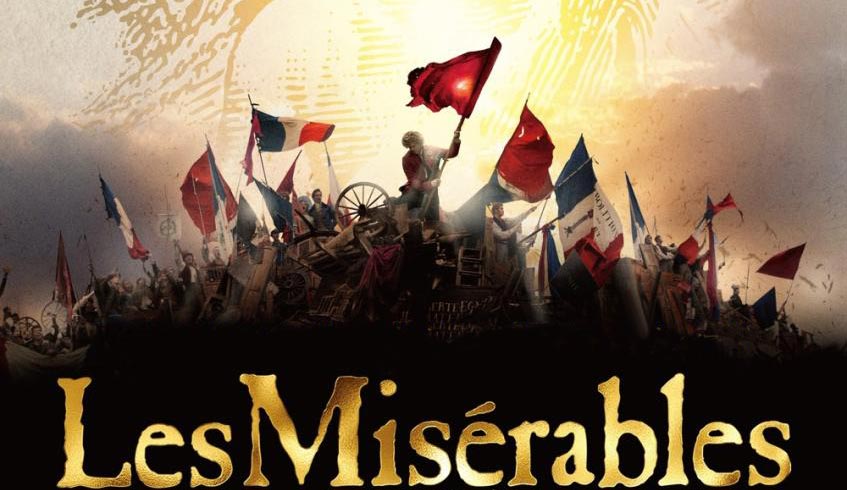Fairytales and horror films have always shared a lot of aesthetic
common ground and some might even argue that they sprung from the same node of
their genetic tree. For example,the lore of the brothers Grimm in particular
seemed to have a darker, more hostile edge, that has provided many future
storytellers with grisly imagery and creative ways to kill their characters—“Hansel
and Gretel” comes to mind. Certain filmmakers like Guillermo Del Toro and
(sometimes) Tim Burton have retained the folkloric aspects of their horror,
appealing to both a wider age-demographic and (sometimes) to those with
high-brow tastes. Del Toro has since
expanded this brand by producing the works of other like-minded directors. The
latest product released from the faux-Guillermo factory is “Mama”, a dark fantasy
directed by Andres Muschietti, based upon his 2008 short film.
The
story of “Mama” revolves around the lives of two little girls who are forced to
raise themselves from toddlerhood, after their father murdered their mother,
drove them to an abandoned cabin and mysteriously disappeared. Five years
later, when the girls are now nine and
six years old, they are found by the government and placed into the foster care
of their father’s twin brother (Nikolaj Coster-Waldau) and his reluctant punk
rocker girlfriend (Jessica Chastain). Because the children were left parentless
and removed so distantly from civilization at a young age they have developed
with primitive and feral traits. The youngest in particular struggles to even vocalize.
It is soon revealed however that in their five year absence the girls took
solace in the protection of a mysterious, dark force they call “Mama”… and she
may have followed them into their new home…and she might be a little too protective
of her children(cue the creepy lullaby music here).
Okay,
so here are the things I liked about “Mama”: It’s pretty eerie, it treats its
characters fairly, and it has a pretty effective monster design. The movie
wisely teases the creature effects through most of the first half of the flick,
before the plot has to start answering its own questions. When the monster is finally revealed, it
actually lives up to the premise and it never ceases to be unsettling or
genuinely disturbing to look at. Full points should be given to the effects and
art direction. Also, the Del-Toro-esq, fairytale aspects of this movie are
apparent by the first act and reappear quite strongly by the end with a surprisingly
tender “Beauty and the Beast” like conclusion.
And
here are the things I didn’t like about “Mama”: it’s pretty derivative, the
sound design is a bit too persistent, and the entire cast seems to be acting on
the same, somber note. Essentially this is a rehashed assemblage of the gothic,
ghostly-shrieker , not too dissimilar to films such as “The Ring”, “The Others”
or “The Changeling” (the 1980 film with George C. Scott, not the Angelina Jolie
vehicle).
There
are a lot of scares in this movie and it does a good job at keeping the
audience on edge, but oftentimes it just can’t resist those easy,
quiet-quiet-LOUD, jack-in-the-box jolts and unfortunately they kind of cheapen
the whole experience.
Ultimately
this is pretty generic, potboiler chiller, but it performs its base functions
adequately and it has enough panache to justify its own existence. The expository dialogue leaves a lot to be
desired, and though it might remind you of that horrible tooth-fairy movie, “Darkness
Falls”, I like how it thoughtfully ties in its themes of motherhood and
maternity, I like how the child characters aren’t just treated as plot
devices, and I really liked the elongated, spindly look of “Mama” herself.
Certainly, for a PG-13 horror movie released in January, you could do much
worse.
Grade: B -
Originally published in the Idaho State Journal/Jan2013




